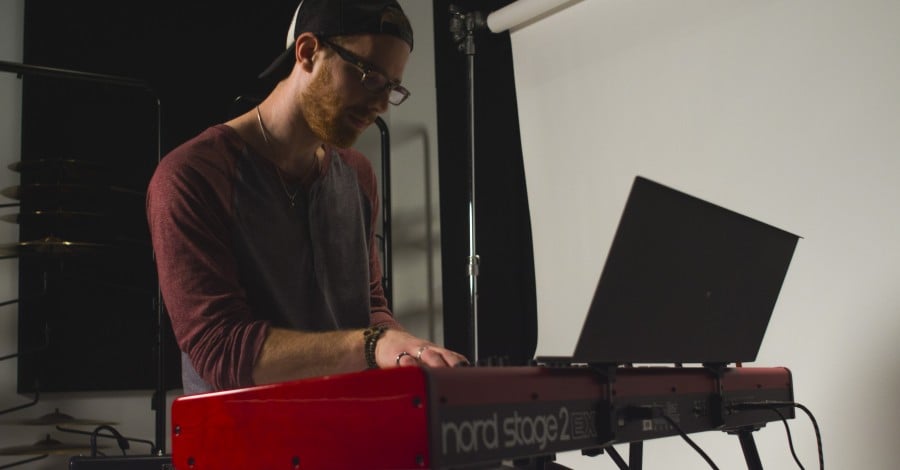
I have a confession to make. I HATE playing with a metronome. Or, at least I used to. Until I found some fun, unique ways to incorporate the metronome into my practice. I’m going to show you a technique I use all the time to use the metronome to both boost my sense of rhythmic timing and my sense of musical feel. Yes, you read that right. The metronome, if used correctly, can really enhance your creativity and expression.
Before you read any further, I want you to ask yourself this: Do you find that as soon as you really let your emotions fly while playing piano, you lose control of your tempo and timing? I myself struggled with this for years. As soon as I’d let my emotions flow through the music, I’d find myself speeding up until by the end of the song the tempo had gone completely off the rails.
The good news is that there is a way to use this passionate instinct of yours to make incredible music. You just need to learn how to reel things in a bit! So here’s an unorthodox approach to the metronome that will help you become more expressive and creative with your playing.
Ok, so dust off that old metronome and crank it way back. I’m talking reeeeaaaallllly far back. Something around 40 bpm should do. (Don’t worry, I’m not going to ask you to play that slow!)
This can be anything at all. It just has to be something that you find comfortable to play, and feel able to get expressive with. That means it can be a scale you like, or a lick from a famous song, or even something you made up! Preferably it should be something with enough movement that your hands have to reposition at least once on the keyboard, so a major scale always works nice if you’re in need of an idea.
Ok, so say you’ve chosen a G major scale to use for this exercise. For this step, I want you to play an ascending G major scale-up one octave so that you start on beat one of the metronome and hit the top octave on beat two. Sounds easy right? Well, it can be trickier than you think to line up your internal rhythm with the two clicks of the metronome. But the purpose of the exercise is this – you don’t have to play every note exactly in rhythm as long as you start the scale on time and reach the high octave on time. Think about a classical piano player giving an amazing, emotional performance of a piece. She may not be playing each note or phrase exactly in time, but instead, they move around the beat, slowing down and slightly speeding up as they express the music.
That’s what this exercise is all about. A skilled pianist uses dynamics (aka louds and softs) note choices AND tempo as tools to enhance their musicality. Of course, I’m never going to tell you to stop practicing with a metronome in the traditonal way. After all, developing good stable rhythm is one of the cornerstones of any good musician. But use this technique every once in a while to help inspire some creative ideas for your own playing, or to help reinforce another useful tool to add to your belt.
And above all else, remember that the metronome is your friend after all.

Jordan Leibel is passionate about songwriting, improvisation, and helping you become a creative musician! He’s worked as a composer for film, commercial, and theatre projects as well as a session musician and producer for recording work.
/marketing/pianote/promos/april/banner-bg-m.webp)
We use cookies for traffic data and advertising. Cookie Policy »
/marketing/pianote/promos/april/banner-title.webp)